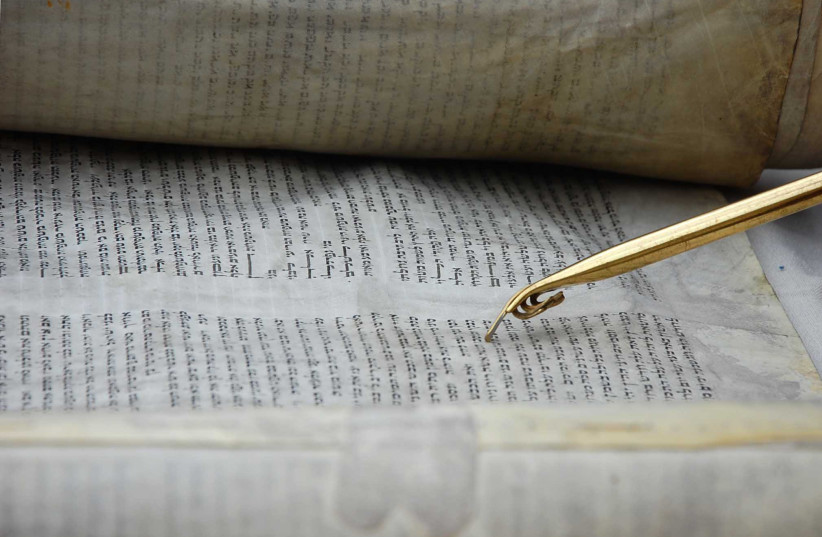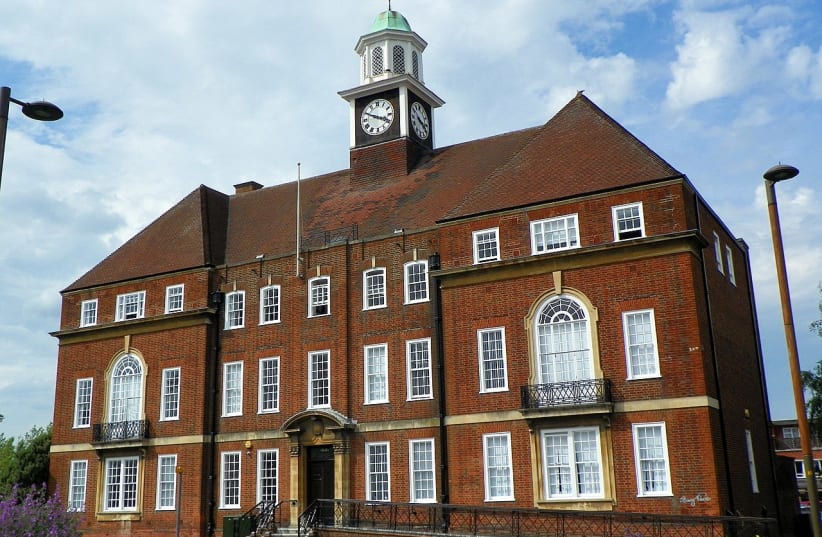All over Europe, there are cities, towns, and villages that once throbbed with the vibrancy of Jewish life in its diverse religious, cultural, and political dimensions, which are no more or have been reduced to a mere symbol of yesteryear.
But England is different from the rest. Whereas on the European continent itself, the Nazis, sometimes aided by local antisemites, decimated or totally eradicated all vestiges of Jewish life, in England the Jewish communities that disappeared were not murdered or persecuted. They simply disintegrated. They were pop-up communities that almost spontaneously came into being during the Second World War, as residents of Jewish London, fearful of being the victims of Nazi air raids during the Blitz, moved out and established new communities in what they thought were safer areas.
Some were voluntary evacuees, and others were part of a government-initiated evacuee program that included the wider community of people of different faiths and backgrounds.
The Letchworth Jewish community
The Letchworth Jewish community, whether Sephardi or Ashkenazi, or Baghdadi, was unique in that most members were religiously observant, and according to historian and author Yanky Fachler who was born in Letchworth, it had the highest proportion of religious Jews from among all the pop-up communities. Once the war was over, they started to return to London or to move elsewhere, such as Israel, America, and Australia. Wherever he has traveled, Fachler has encountered people with Letchworth connections.
It’s the old story: One can take a Jew out of Letchworth, but not Letchworth out of a Jew. There were too many warm nostalgic memories: the weekly kiddushim, the infrastructure for Jewish community life including a Talmud Torah, and the construction of a mikve (ritual bath), but strangely, no synagogue, which Fachler said at one of the launches of the book in Israel, was the reason that there was no historical footprint of Jewish life that had once been part of Letchworth.

But why did it attract so many observant Jews? It was in a sense a case of who you are and who you know.
Just before the war, Abba Bornstein, a prominent real estate developer and a leader of Hapoel Hamizrachi, purchased land in Letchworth, outside of London. When the evacuation began, he persuaded relatives, friends, and colleagues to come to Letchworth, which was an easy commute to London if they needed to travel there from time to time. Word soon spread, and more observant Jews came, though there were also quite a number of non-observant Jews, as well as Jews who did not openly identify as such.
Other than the few introductory chapters, Fachler’s book Jewish Letchworth can be opened at random because it contains so many short vignettes by and about people who once lived in Letchworth – be it for a few weeks, a few months, a few years, or half a century.
Anyone past middle age, who in their youth lived in a close-knit community of Jews, can identify with the vignettes in this book, regardless of whether they grew up in London’s Whitechapel, The Pletzl in Paris, New York’s Lower East Side, or Melbourne’s Carlton. The stories are strikingly similar. Only the names and the geography are different.
The book might never have seen the light of day but for a chance query in 2016 from Philippa Parker of the Letchworth Local History Research Group, with a question about the renowned Sassoon library that had been collected by David Sassoon and passed on to his son Rabbi Solomon Sassoon, who had lived in Letchworth from 1940 to 1970. The library included the Codex Sassoon, the earliest complete edition of the Hebrew Bible, which is more than 1,000 years old and now in the possession of the ANU Museum in Tel Aviv, where it is on permanent display.
Fachler supplied Parker with the information she had requested, and asked whether she would be interested in hearing a talk about the Letchworth Jewish community that had popped up during the war and had been and gone. Parker, who is also the secretary of the Letchworth Garden City Society, sent back a warmly affirmative reply.
Meanwhile, during a visit to Israel where he had been invited to address the Jerusalem branch of the Jewish Historical Society of England, Fachler provided a list of possible topics, and added Letchworth as an afterthought. To his surprise, the choice was Letchworth, and he spoke to a full house. He has encountered similar interest elsewhere in Israel, as well as in London.
During the COVID pandemic, former Letchworth resident Carol Eini, nee Roth, who lives in Israel, organized an international Zoom meeting of former Jewish residents of Letchworth, during which she caught up with some of her childhood friends.
All together, about 100 people participated – a factor that made Fachler realize that if he didn’t write the book, no one would. People began sharing memories, sending old black-and-white and distinctly graying photographs, and the interest was literally bubbling.
It was even more so at book launches, where people were so excited to see each other again and to hear what Fachler had to say, that they bought not only one copy but two or three to send to relatives.
Fachler was showered with words of appreciation for what he had done.
No author could ask for more. ■
- Jewish Letchworth
- Yanky Fachler
- Valentine Mitchell, 2023
- 266 pages; $29.95
